Home>Home Appliances>Laundry Appliances>How High Can A Washing Machine Pump
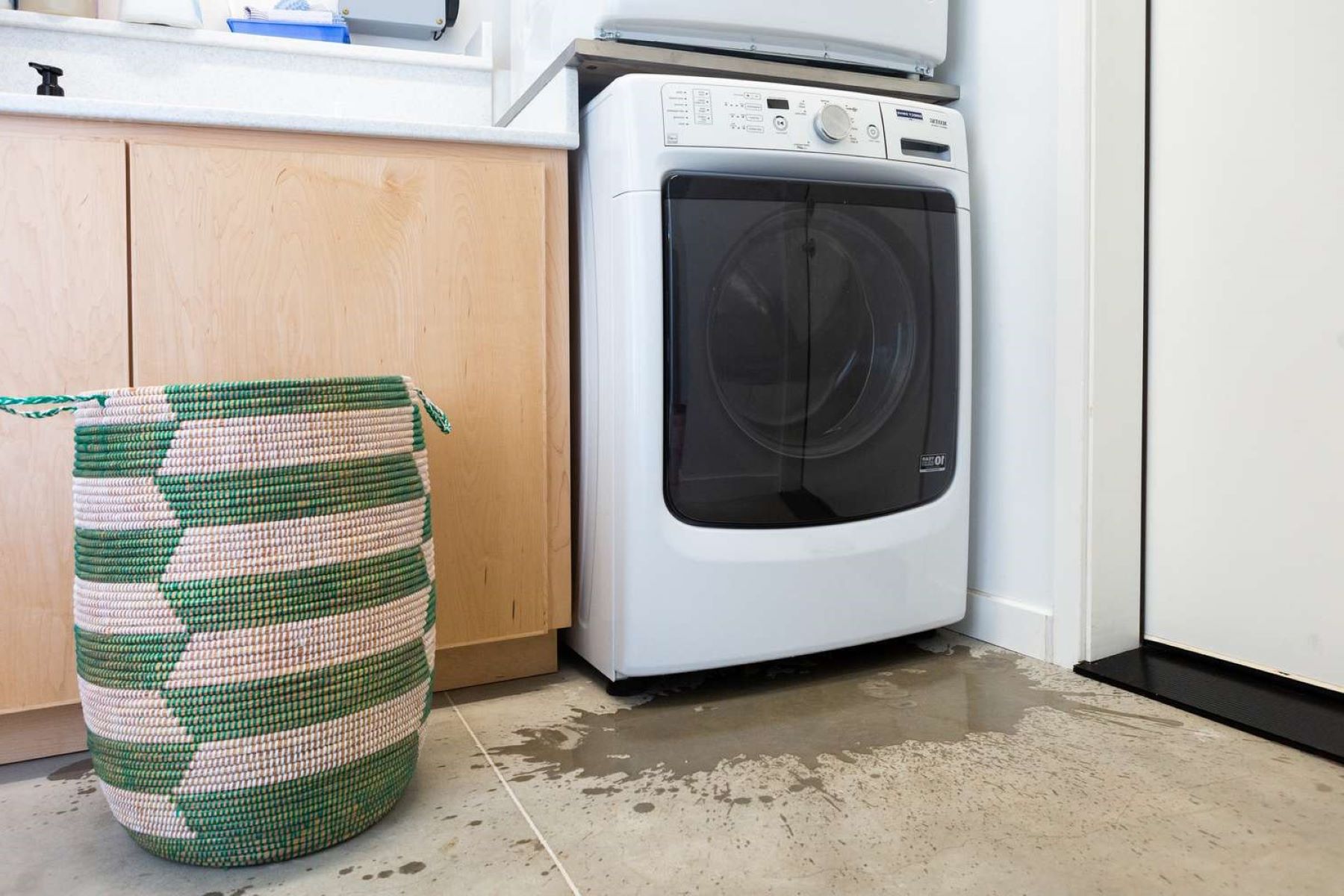

Laundry Appliances
How High Can A Washing Machine Pump
Published: February 22, 2024
Discover the maximum pumping capacity of laundry appliances with our guide on how high a washing machine pump can go. Explore the limits and find the right solution for your needs.
(Many of the links in this article redirect to a specific reviewed product. Your purchase of these products through affiliate links helps to generate commission for Storables.com, at no extra cost. Learn more)
Introduction
Washing machines have become an indispensable part of modern households, simplifying the daunting task of laundry. However, have you ever wondered how high a washing machine pump can effectively push water? This question often arises when homeowners consider installing their laundry appliances in basements or other locations with elevated drainage systems.
Understanding the pumping capabilities of a washing machine is crucial for ensuring optimal performance and preventing potential drainage issues. In this comprehensive guide, we will delve into the intricacies of washing machine pumps, exploring the factors that influence their pumping height and providing valuable insights into maximizing their efficiency.
As we embark on this journey, we will unravel the mechanics behind washing machine pumps, shedding light on the critical components that enable these appliances to expel water effectively. Furthermore, we will investigate the various factors that impact the pumping height of washing machines, offering a deeper understanding of the limitations and capabilities of these essential devices.
By the end of this exploration, you will gain a newfound appreciation for the engineering marvel that is the washing machine pump, equipping you with the knowledge to make informed decisions regarding the installation and usage of these appliances in your home. So, let's embark on this enlightening quest to uncover the mysteries of washing machine pumping heights and empower ourselves with invaluable insights into the heart of our laundry appliances.
Key Takeaways:
- Washing machine pumping height varies based on factors like pump power, drainage hose, and vertical distance. Understanding these factors helps optimize drainage performance and appliance installation in different household settings.
- Selecting a high-power pump, upgrading drainage hoses, and minimizing vertical distance can increase washing machine pumping height. Regular maintenance and monitoring water viscosity also contribute to optimal drainage performance.
Read more: What Is A High-Efficiency Washing Machine
Understanding the Function of a Washing Machine Pump
The washing machine pump plays a pivotal role in the drainage process, facilitating the efficient removal of water from the appliance during the spin cycle. This essential component is responsible for expelling the used water, ensuring that the laundry is thoroughly rinsed and ready for the subsequent stages of the washing process.
At the core of its functionality, the washing machine pump operates by utilizing centrifugal force to expel water from the appliance. As the spin cycle commences, the pump activates, creating a whirlpool effect within the tub. This centrifugal force propels the water towards the pump's outlet, allowing it to be efficiently drained from the machine.
The pump comprises a motor and impeller, working in tandem to generate the necessary force for water expulsion. The motor drives the impeller, a rotating component with curved blades, which accelerates the water towards the pump's outlet. This process enables the pump to effectively push water out of the washing machine, ensuring that the appliance maintains optimal performance throughout the laundry cycle.
Furthermore, the washing machine pump is equipped with a drainage hose, which directs the expelled water towards the household drainage system or utility sink. This seamless integration enables the used water to be efficiently channeled out of the appliance, preventing any potential backups or drainage issues.
In essence, the function of a washing machine pump is intricately linked to the appliance's overall performance, as it ensures the effective removal of water, thereby facilitating the completion of the laundry process. Understanding the pivotal role of the pump in expelling water from the washing machine provides valuable insights into the intricate mechanics that drive these essential household appliances.
Factors Affecting the Pumping Height
The pumping height of a washing machine is influenced by various factors that collectively determine the appliance's ability to expel water effectively. Understanding these factors is crucial for homeowners seeking to optimize the performance of their washing machines and mitigate potential drainage challenges.
-
Pump Power: The power of the washing machine pump directly impacts its pumping height. A more robust pump with higher wattage can propel water to greater heights, enabling the appliance to effectively drain water from elevated locations such as basements or upper floors.
-
Drainage Hose Length and Diameter: The length and diameter of the drainage hose significantly affect the pumping height of a washing machine. A longer and wider hose allows for greater water expulsion heights, as it reduces resistance and facilitates the smooth flow of water out of the appliance.
-
Vertical Distance: The vertical distance between the washing machine and the drainage outlet plays a critical role in determining the pumping height. The pump's ability to push water vertically is limited by gravity, and the height differential between the appliance and the drainage point directly impacts its pumping capabilities.
-
Pump Efficiency: The efficiency of the washing machine pump, including the condition of its impeller and motor, directly influences its ability to expel water to higher elevations. A well-maintained and properly functioning pump can achieve greater pumping heights compared to a worn or inefficient pump.
-
Water Viscosity and Volume: The viscosity and volume of the water being expelled also impact the pumping height. Thicker or more viscous water may pose greater resistance, limiting the pump's ability to push it to higher elevations. Additionally, a larger volume of water may require a more powerful pump to achieve optimal drainage heights.
-
Obstructions and Blockages: Any obstructions or blockages within the drainage hose or pump can impede the water expulsion process, reducing the effective pumping height. Ensuring that the drainage system is free from debris and blockages is essential for maintaining the appliance's optimal pumping capabilities.
By considering these factors, homeowners can gain valuable insights into the dynamics that influence the pumping height of washing machines. This understanding empowers them to make informed decisions regarding the installation, maintenance, and usage of these essential household appliances, ensuring efficient water expulsion and optimal performance.
Regular washing machine pumps can typically pump water up to a maximum height of around 8-10 feet. If you need to pump water higher than that, you may need to consider a more powerful pump or a different type of water transfer system.
Maximum Pumping Height of Different Washing Machine Models
The maximum pumping height of washing machine models varies significantly based on their design, pump power, and drainage system specifications. Understanding the pumping capabilities of different washing machine models is essential for homeowners seeking to install these appliances in elevated locations or optimize their drainage efficiency.
Front-loading washing machines, known for their energy efficiency and water-saving features, often boast impressive pumping heights. High-end models equipped with powerful pumps can effectively expel water to heights ranging from 10 to 15 feet, making them suitable for installation in basements or upper floors. These advanced pumps leverage robust motor power and optimized impeller designs to achieve greater vertical water expulsion, catering to the diverse needs of modern households.
Top-loading washing machines, renowned for their convenience and ergonomic design, also exhibit varying pumping heights across different models. While traditional top-loaders may have more modest pumping capabilities, newer models integrate advanced pump technologies to enhance their vertical drainage performance. The pumping heights of top-loading washing machines typically range from 6 to 10 feet, with some premium models surpassing these thresholds to accommodate elevated drainage requirements.
Compact and portable washing machines, popular for their space-saving attributes and versatility, feature more modest pumping heights compared to their full-sized counterparts. These models are designed to cater to smaller living spaces and may have pumping capabilities suited for standard drainage setups. The pumping heights of compact washing machines generally range from 4 to 6 feet, aligning with the requirements of apartments, RVs, and compact living environments.
It is important to note that the maximum pumping height of washing machine models is often specified by manufacturers and can vary based on the specific model and its technical specifications. Homeowners considering the installation of a washing machine in an elevated location should consult the appliance's manual or technical documentation to ascertain its pumping capabilities and ensure compatibility with their drainage setup.
By understanding the diverse pumping heights offered by different washing machine models, homeowners can make informed decisions regarding the selection and installation of these appliances, ensuring optimal drainage performance and seamless integration into their living spaces.
Tips for Increasing Pumping Height
-
Opt for a High-Power Pump: When selecting a washing machine, opt for a model equipped with a high-power pump. A robust pump with greater wattage can effectively propel water to higher elevations, ensuring optimal drainage performance, especially in scenarios where the appliance needs to expel water to elevated drainage points.
-
Upgrade the Drainage Hose: Consider upgrading the drainage hose to a longer and wider variant. A longer hose reduces resistance and facilitates the smooth flow of water, while a wider diameter allows for enhanced water expulsion heights. Upgrading the drainage hose can significantly improve the pumping capabilities of the washing machine, enabling it to expel water to greater elevations with ease.
-
Minimize Vertical Distance: When installing the washing machine, minimize the vertical distance between the appliance and the drainage outlet. By reducing the height differential, you can enhance the pump's ability to push water vertically, thereby increasing the effective pumping height. This strategic installation approach can optimize the appliance's drainage performance, especially in locations with elevated drainage systems.
-
Ensure Pump Efficiency: Regular maintenance and upkeep of the washing machine pump are essential for maximizing its pumping height. Ensure that the pump's impeller and motor are in optimal condition, as a well-maintained pump operates more efficiently, achieving greater water expulsion heights. Periodic inspection and maintenance of the pump can enhance its performance and longevity, contributing to improved drainage capabilities.
-
Monitor Water Viscosity and Volume: Be mindful of the water being expelled from the washing machine. Thicker or more viscous water may pose greater resistance, limiting the pump's ability to push it to higher elevations. Additionally, a larger volume of water may require a more powerful pump to achieve optimal drainage heights. By monitoring and adjusting the water viscosity and volume, you can optimize the pump's performance and enhance its pumping capabilities.
-
Clear Obstructions and Blockages: Regularly inspect the drainage hose and pump for any obstructions or blockages that may impede water expulsion. Clearing any debris or blockages ensures unhindered water flow, allowing the pump to achieve its maximum pumping height. By maintaining a clear and unobstructed drainage system, you can optimize the washing machine's drainage performance, facilitating efficient water expulsion.
By implementing these tips, homeowners can effectively increase the pumping height of their washing machines, ensuring optimal drainage performance and seamless operation, especially in scenarios where elevated drainage requirements need to be met.
Conclusion
In conclusion, the pumping height of a washing machine is a critical aspect that significantly influences its drainage performance and suitability for installation in various household settings. By delving into the intricacies of washing machine pumps and exploring the factors that impact their pumping capabilities, homeowners can gain valuable insights into optimizing the efficiency of these essential appliances.
Understanding the function of a washing machine pump unveils the engineering marvel behind its ability to expel water effectively. The intricate interplay between the motor, impeller, and drainage hose enables the pump to create centrifugal force, propelling water out of the appliance and into the household drainage system. This fundamental understanding underscores the pivotal role of the pump in ensuring the seamless completion of the laundry process.
The factors affecting the pumping height of washing machines shed light on the multifaceted dynamics that influence the appliance's drainage capabilities. From pump power and drainage hose specifications to vertical distance and water viscosity, each factor plays a crucial role in determining the maximum pumping height achievable by the washing machine. By considering these factors, homeowners can make informed decisions regarding the installation and maintenance of their washing machines, ensuring optimal drainage performance in diverse household environments.
Exploring the maximum pumping height of different washing machine models highlights the varying capabilities offered by these appliances. From front-loading models with impressive pumping heights to compact and portable variants designed for space-efficient living, understanding the diverse pumping capabilities enables homeowners to select the most suitable washing machine for their specific requirements. Consulting the manufacturer's specifications and technical documentation provides valuable insights into the pumping capabilities of different models, empowering homeowners to make informed choices regarding the installation and usage of these appliances.
Furthermore, the tips for increasing pumping height offer practical strategies for homeowners seeking to optimize the drainage performance of their washing machines. From selecting high-power pumps to upgrading drainage hoses and ensuring pump efficiency, these tips provide actionable guidance for enhancing the pumping capabilities of washing machines, especially in scenarios where elevated drainage requirements need to be met.
In essence, the comprehensive exploration of washing machine pumping heights equips homeowners with the knowledge and insights to make informed decisions regarding the selection, installation, and maintenance of these essential household appliances. By leveraging this understanding, homeowners can ensure optimal drainage performance, seamless integration, and efficient water expulsion, enhancing the overall functionality of their washing machines in diverse living environments.
Frequently Asked Questions about How High Can A Washing Machine Pump
Was this page helpful?
At Storables.com, we guarantee accurate and reliable information. Our content, validated by Expert Board Contributors, is crafted following stringent Editorial Policies. We're committed to providing you with well-researched, expert-backed insights for all your informational needs.

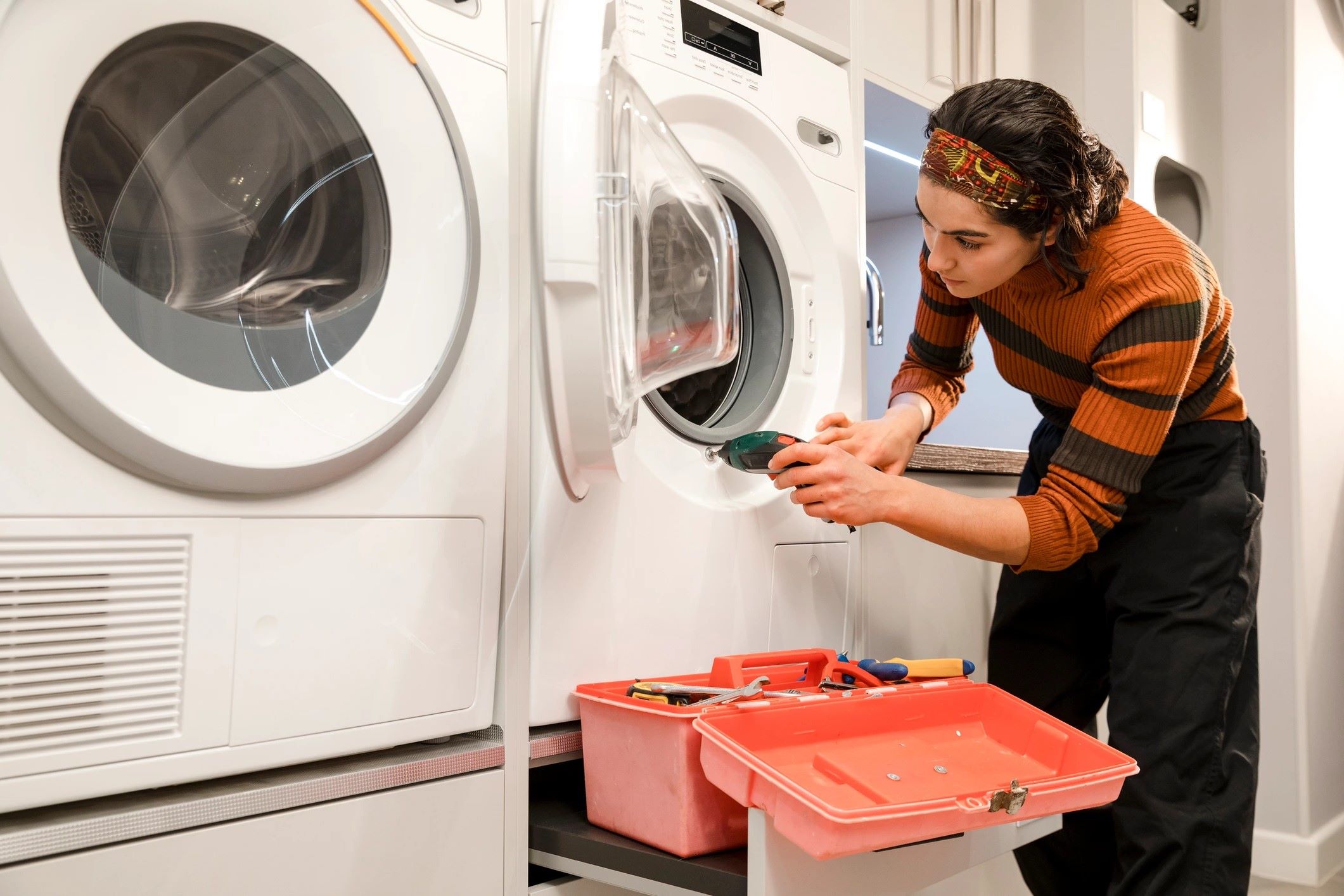
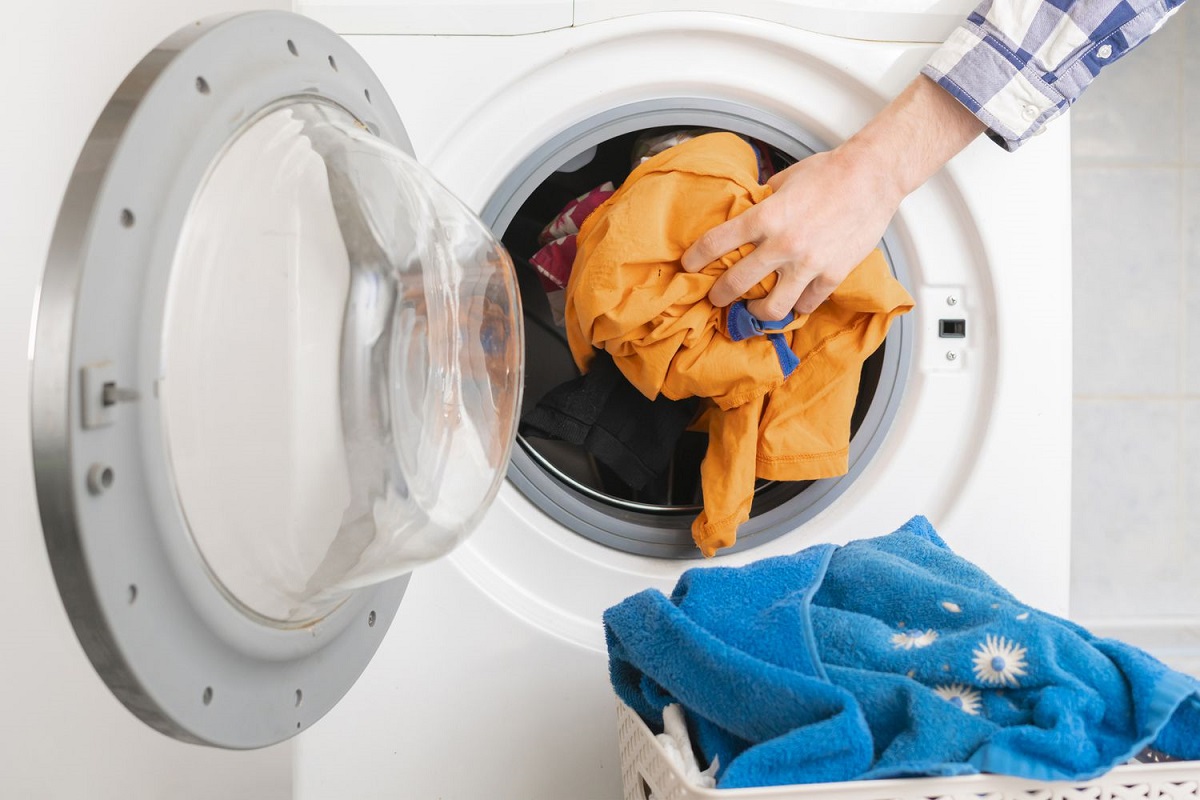
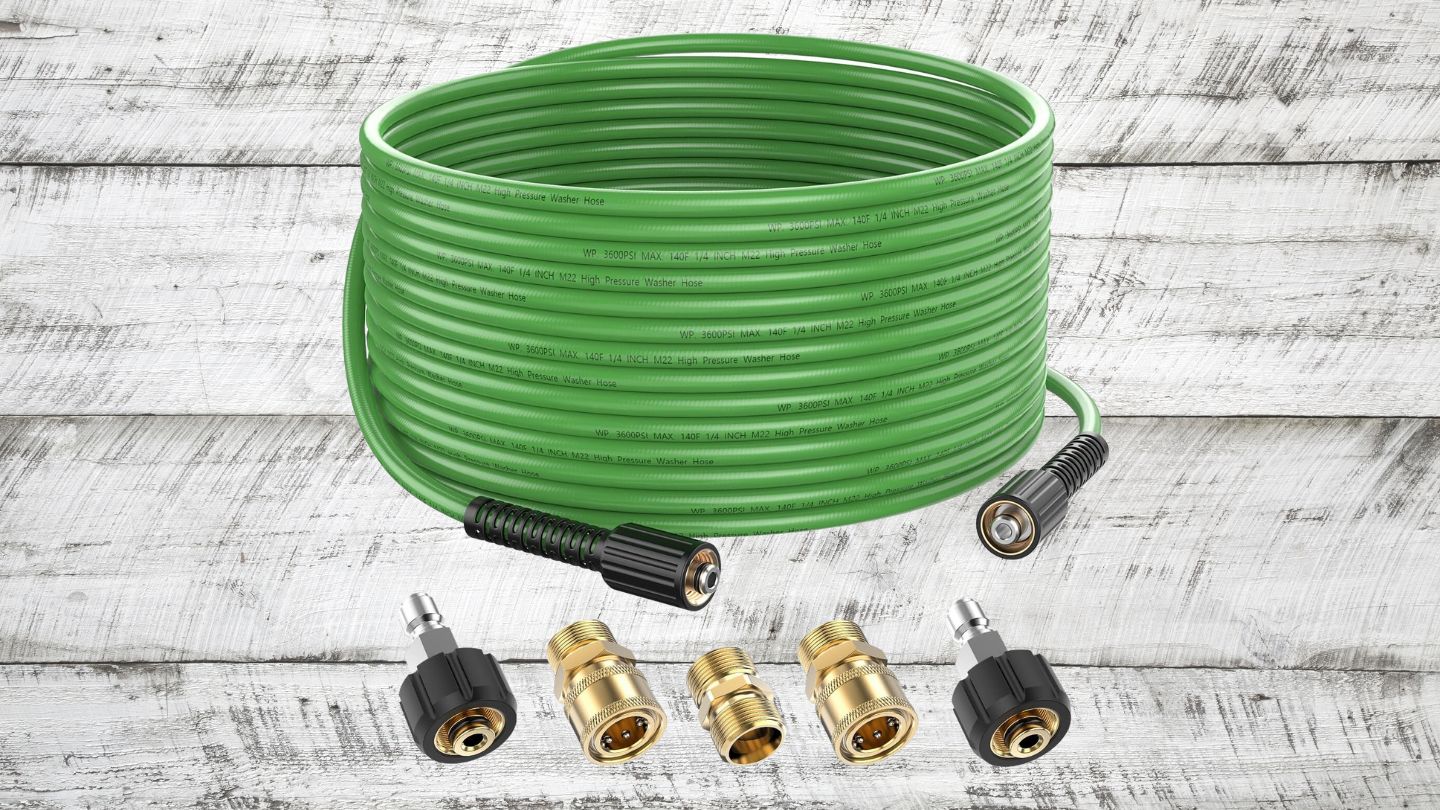
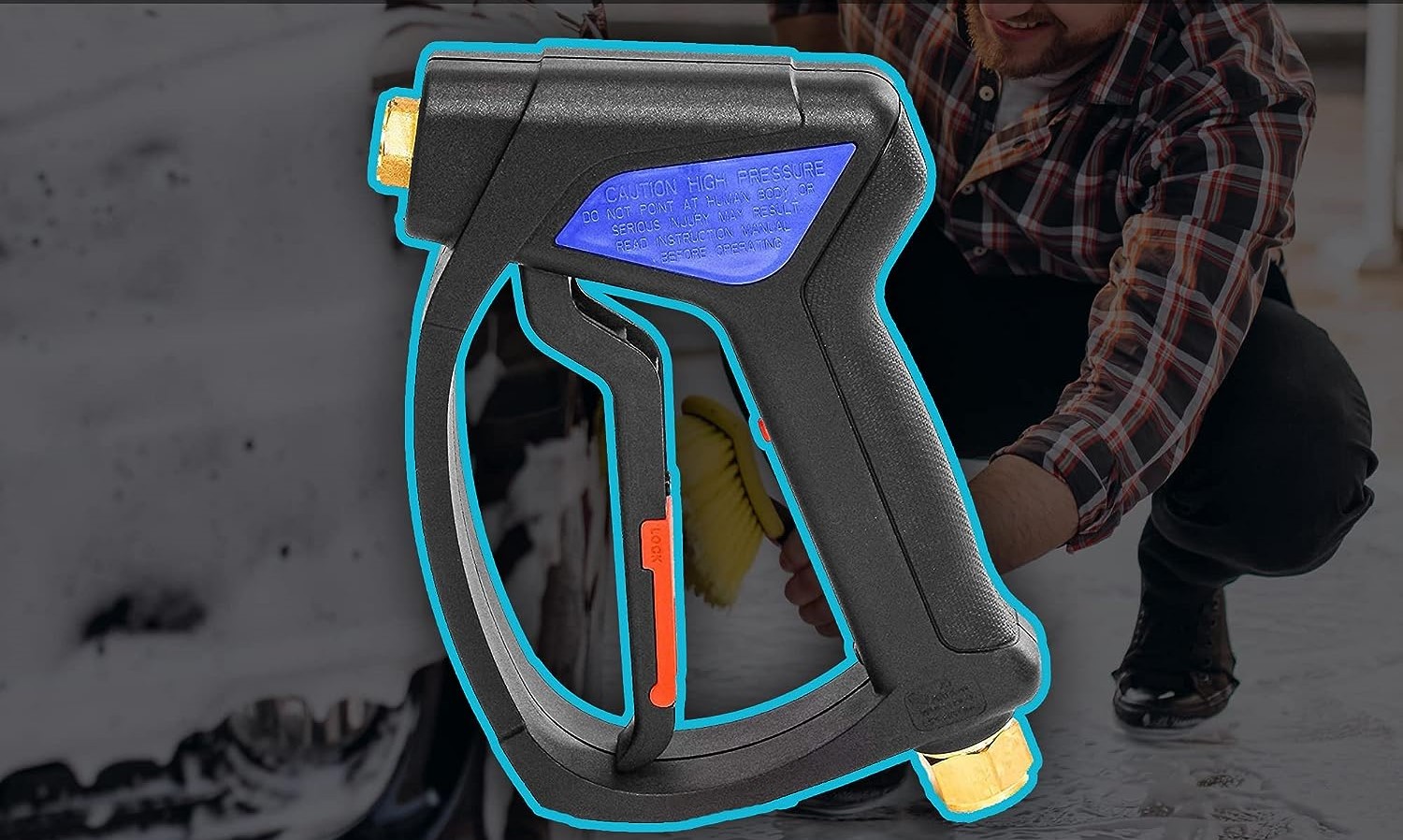
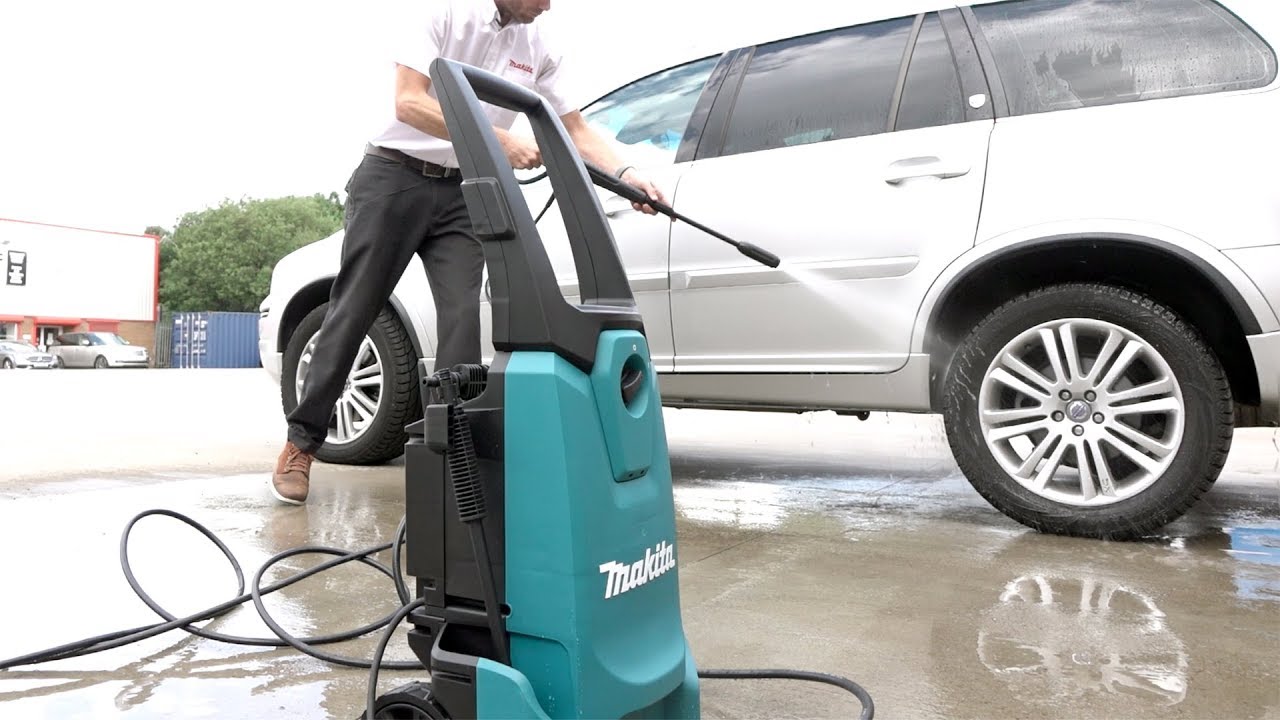
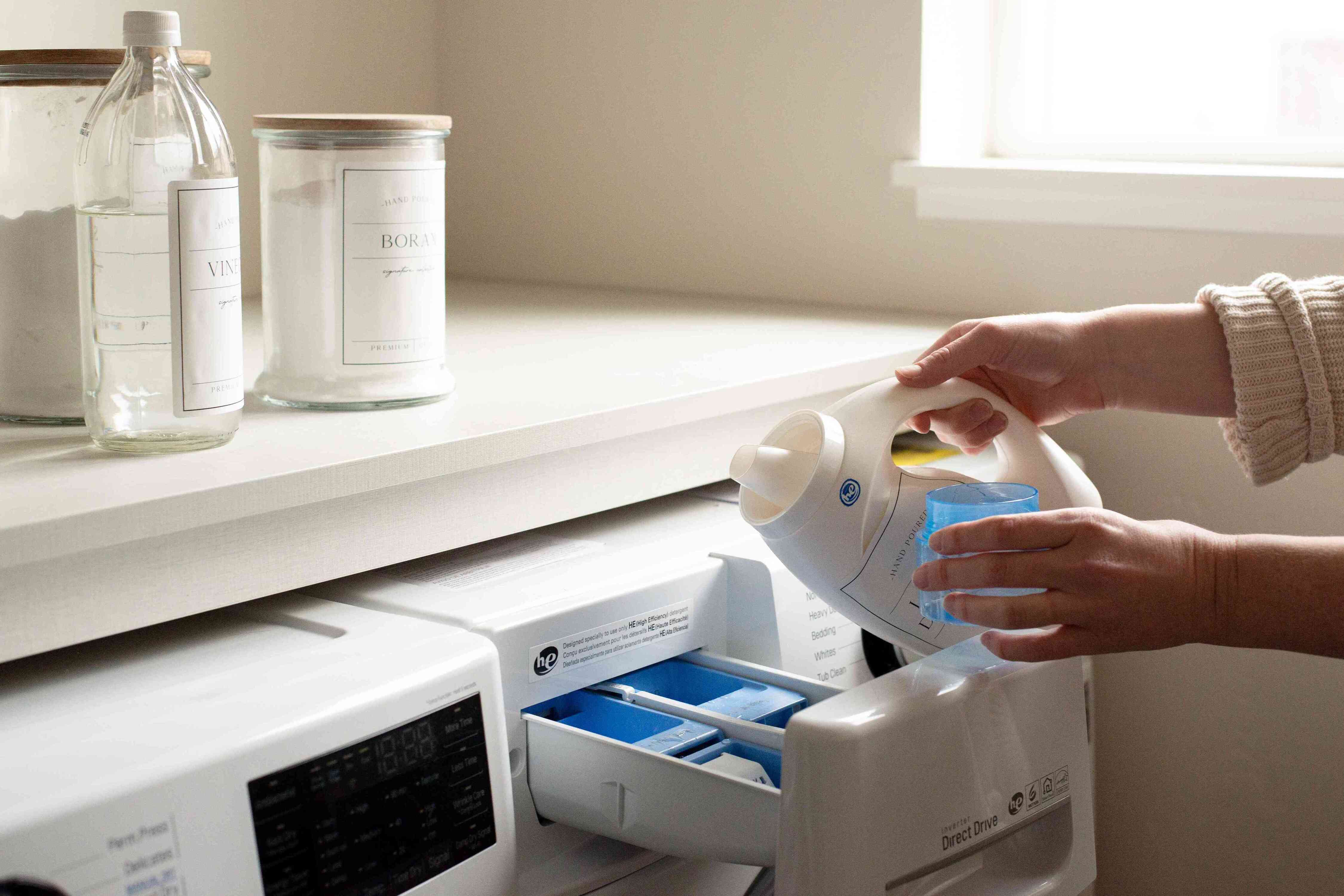
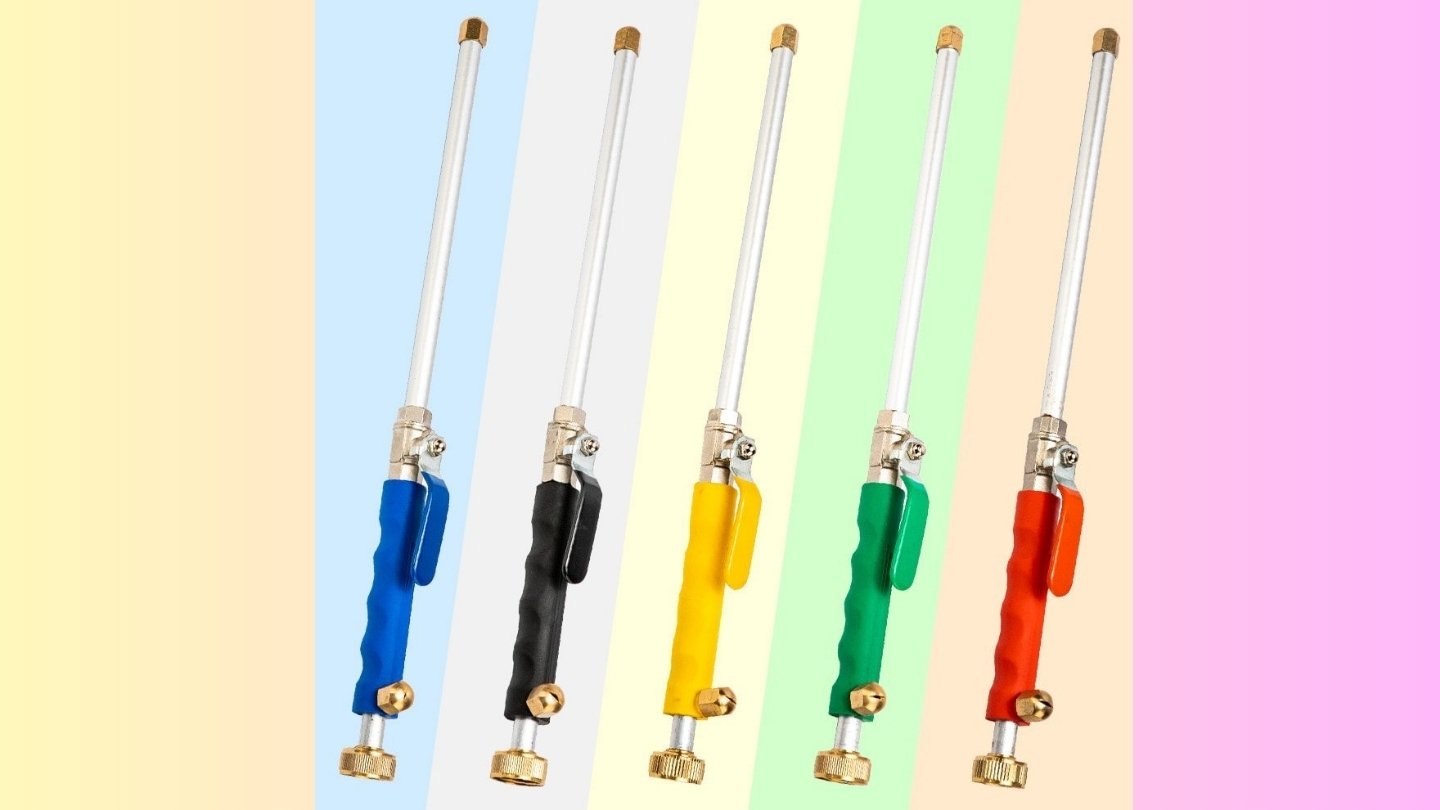
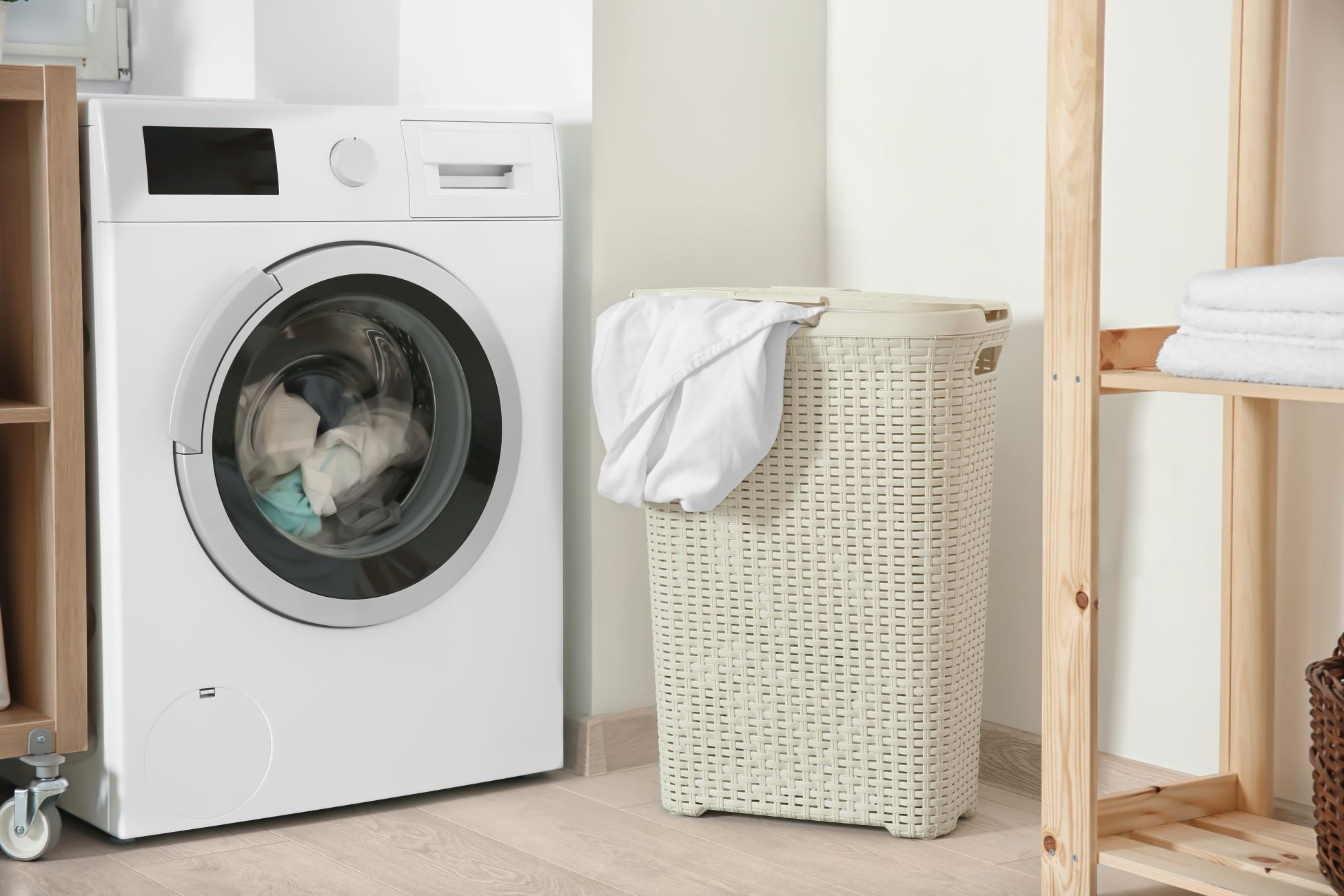
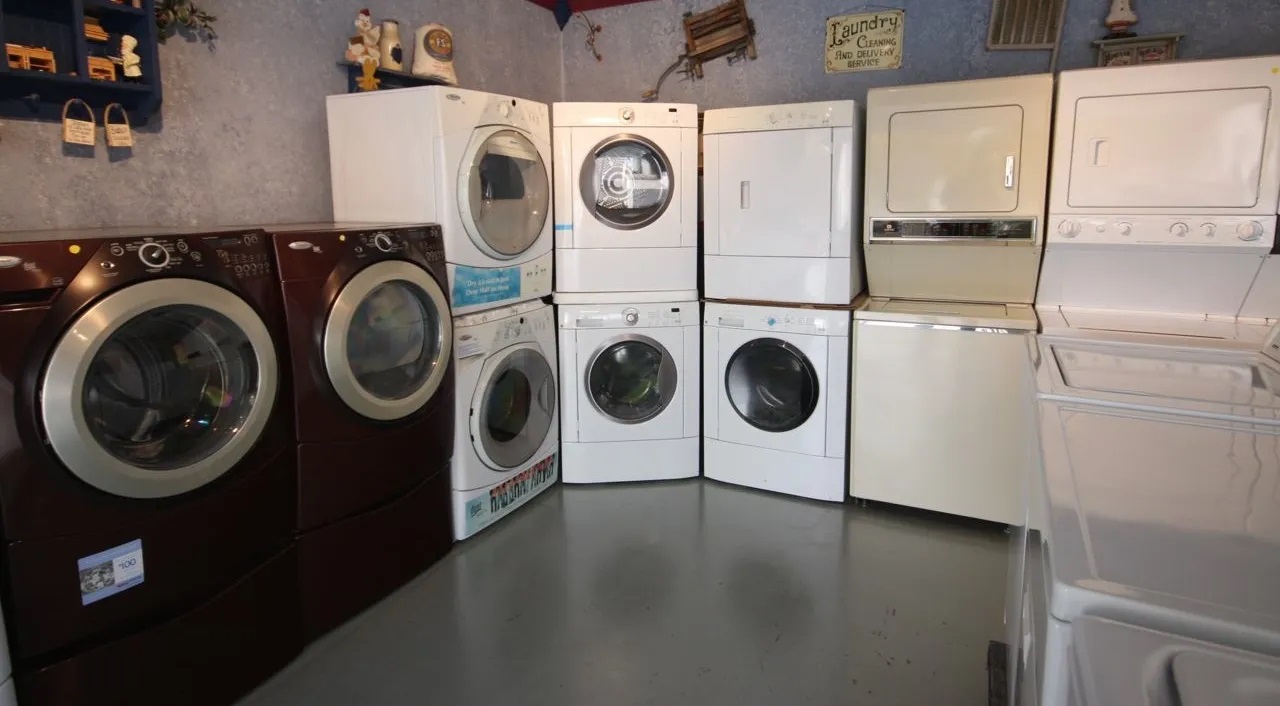
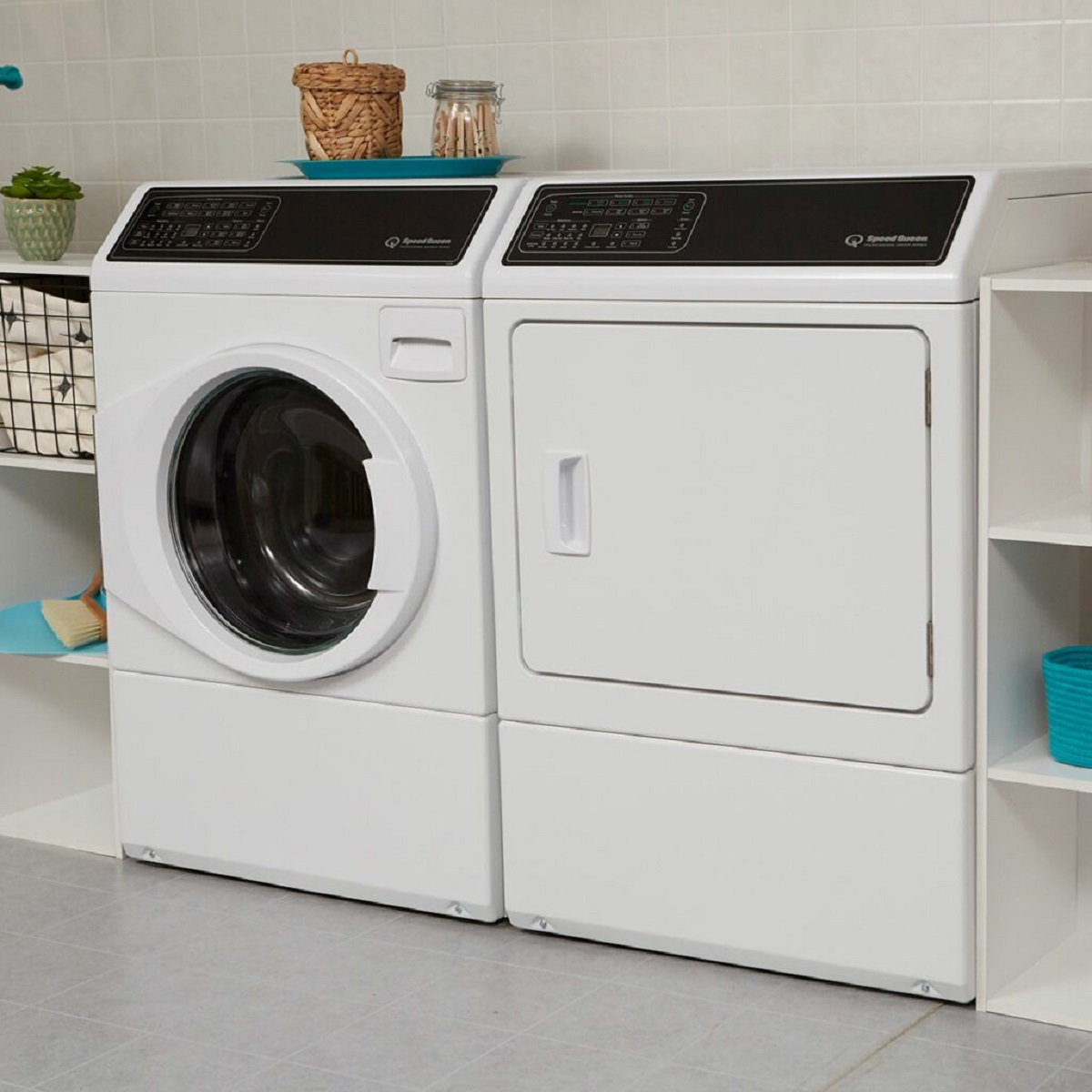
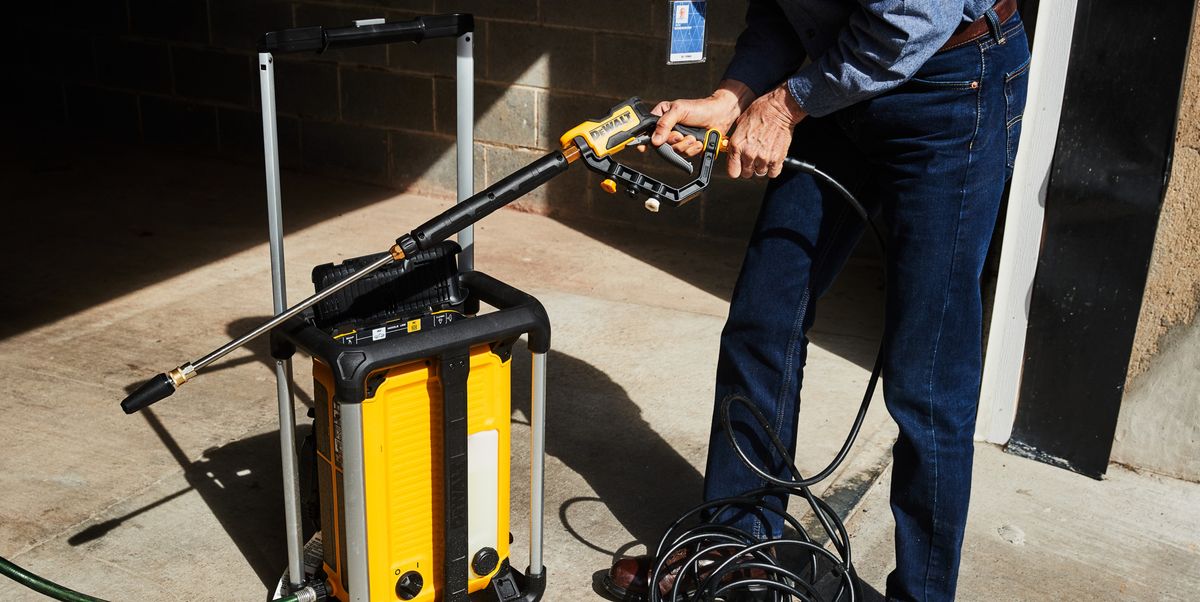
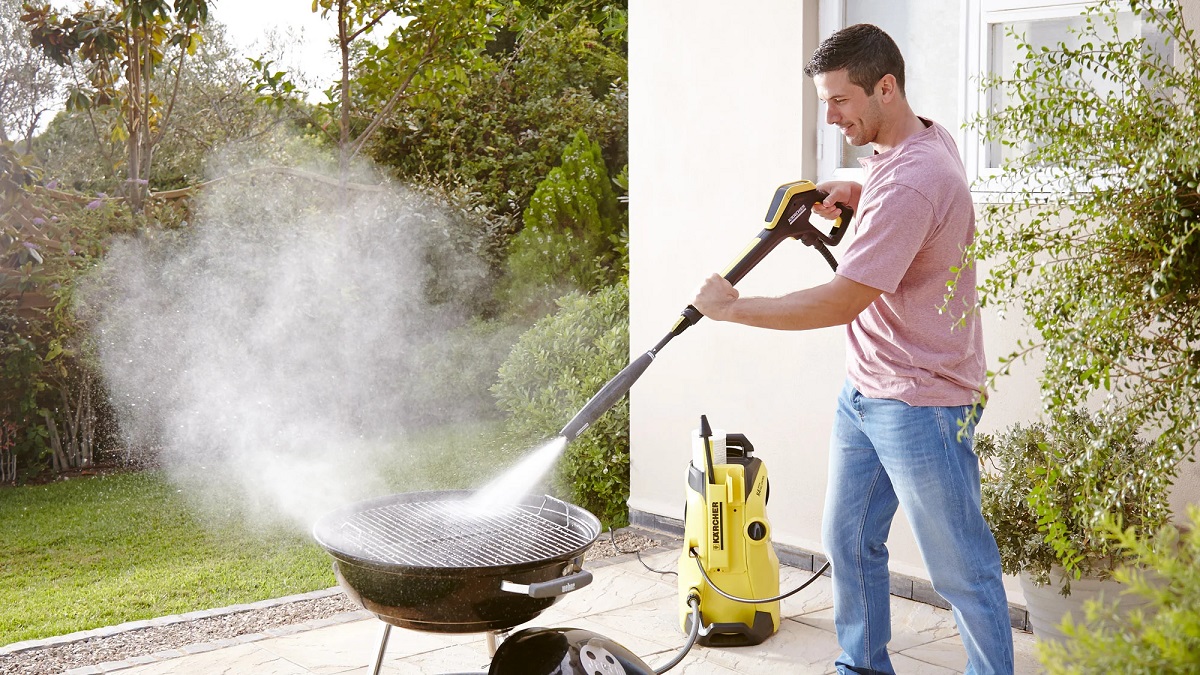
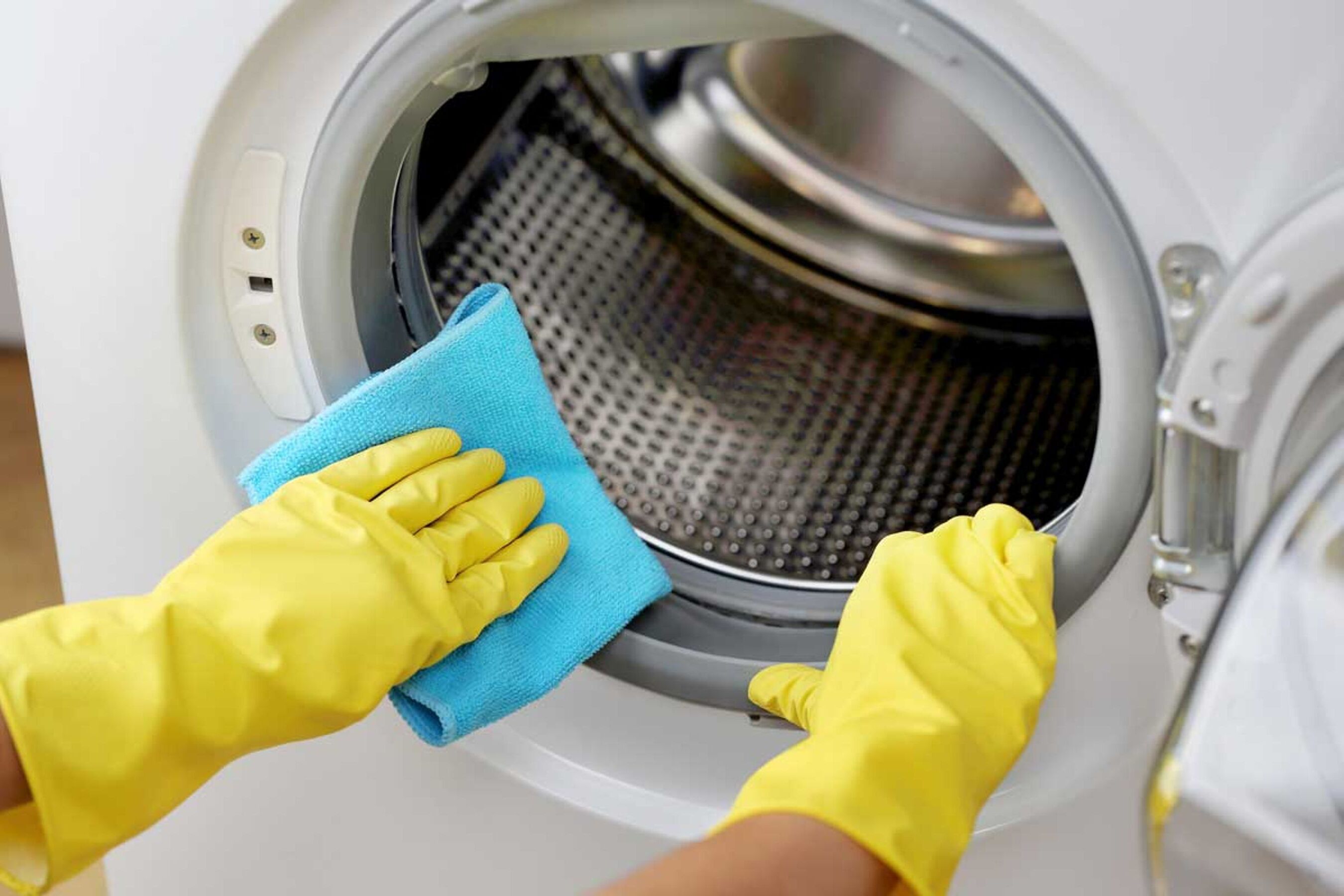

0 thoughts on “How High Can A Washing Machine Pump”